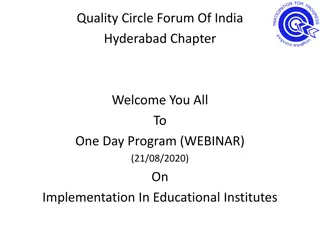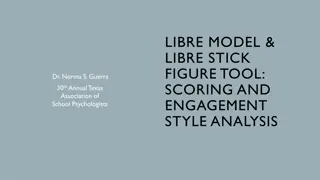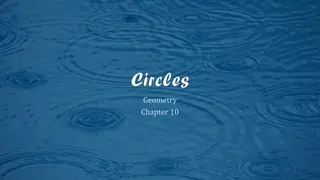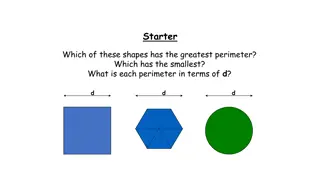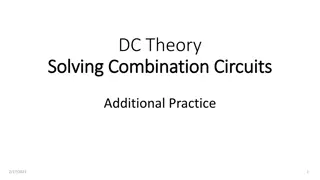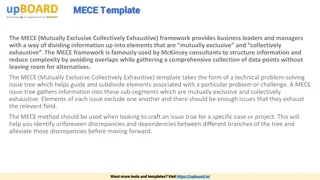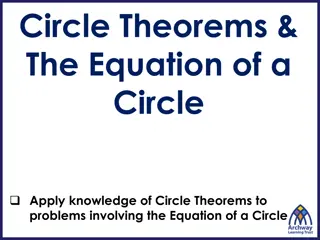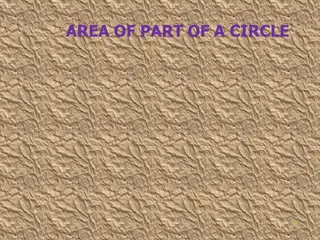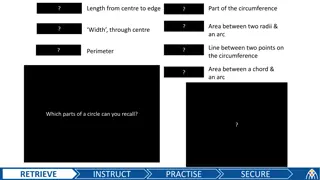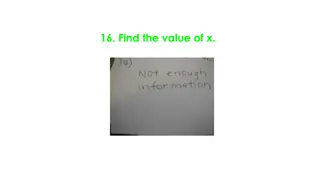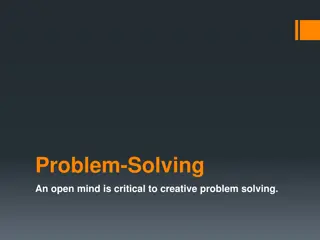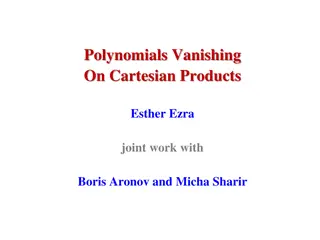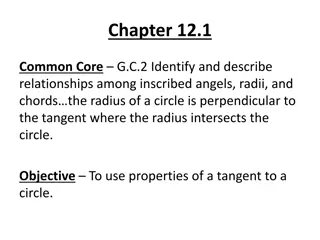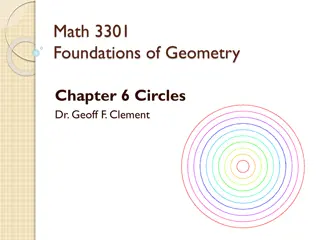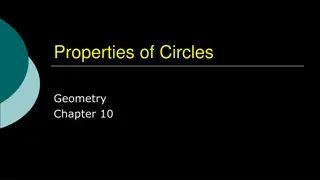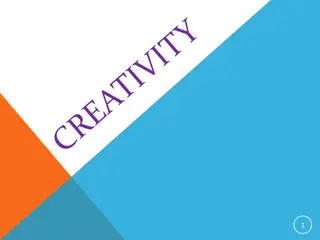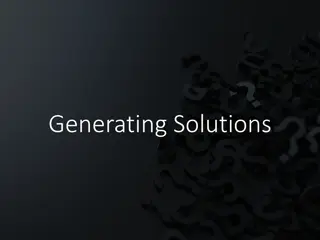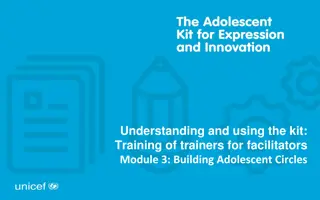Solution Circles: A Creative Problem-Solving Tool
Solution Circles is a powerful problem-solving tool that involves a problem presenter, process facilitator, note taker, and brainstorm team. The process includes outlining the problem, brainstorming creative solutions, positive dialogue, and setting achievable first steps within a short timeframe. This methodology allows individuals to get "unstuck" from various challenges efficiently.
Download Presentation

Please find below an Image/Link to download the presentation.
The content on the website is provided AS IS for your information and personal use only. It may not be sold, licensed, or shared on other websites without obtaining consent from the author. Download presentation by click this link. If you encounter any issues during the download, it is possible that the publisher has removed the file from their server.
E N D
Presentation Transcript
Solution Circles Rebecca Blamire and Sarah Shore Essex Educational Psychology Service
Solution Circles Getting Unstuck. A Creative Problem Solving Tool This is a short and powerful tool that takes no more than a half hour. It is effective in getting "unstuck" from a problem in life or work. Solution Circles are tools of "community capacity". It assumes and demonstrates that nearby people have the capacity to help - if asked. 2
Solution Circles 4 Roles: Problem Presenter (focus person) Process Facilitator (team manager, time keeper) Note Taker or Graphic Recorder amazingly creative Brainstorm Team 3
Solution Circles Step One: (6 minutes) The problem presenter will have 6 uninterrupted minutes to outline the problem. The job of the process facilitator is to keep time and make sure no one interrupts. The recorder takes notes. Everyone else (the brainstormers) listens. If the problem presenter stops talking before the six minutes elapse, everyone else stays silent until the 6 minutes pass. This is key! The problem presenter gets 6uninterrupted minutes. 4
Solution Circles Step Two: (6 minutes) This is a brainstorm. Everyone joins in with ideas about creative solutions to what they just heard. It is not a time to clarify the problem or to ask questions. It is not a time to give speeches, lectures or advice. The process facilitator must make sure this is a brainstorm. Everyone gets a chance to give their ideas. No one should dominate. The problem presenter listens - without interrupting. He/she must not talk or respond. 5
Solution Circles Step Three : (6 minutes) Now the group can have a dialogue led by the problem presenter. This is time to explore and clarify the problem. Focus on the positive points only and not what can't be done. 6
Solution Circles Step Four: (6 minutes) The First Step. The focus person and the group decide on first steps that are doable within the next 3 days. At least ONE step should be initiated within 24 hours. This is critical. Research shows that unless a first step is taken almost immediately, people do not get out of their ruts. A coach from the group volunteers to phone or see the person within 3 days and check if they took their first step. 7
Solution Circles 1 Finally the group just does a round of words to describe the experience and the recorder gives the record to the focus person. 4 2 If in a large group, the teams returns to the main group, debrief and continue. This does not guarantee a solution, but it usually gets people "unstuck" and at least points to the next logical step. Try it out and let us know how it works for you. 3 8
Solution Circles Brainstorm 4 x 6 mins = 24 minutes Dialogue Present Action 9



